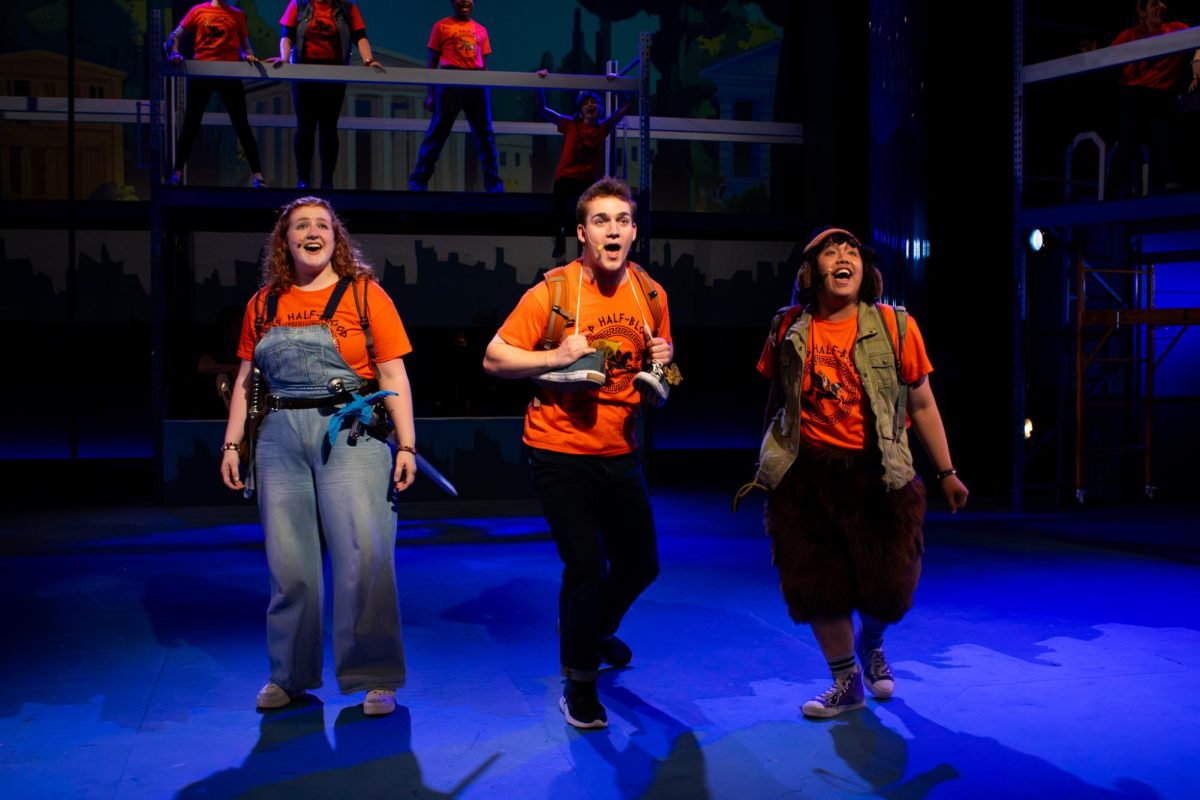An Australian film director, Baz Luhrmann, created a three-piece masterpiece that defies the linear model of traditional Hollywood films. In Luhrmann’s visionary three-piece work entitled, “The Red Curtain Trilogy,” three separate stories are created to achieve a “heightened reality” in a way that wraps the viewers into the many characters, stories and relationships of this collection.
The trilogy is comprised of the first three films Luhrmann directed, including “Strictly Ballroom” (1992), William Shakespeare’s “Romeo + Juliet” (1996) and “Moulin Rouge” (2001).
The first of the trilogy, “Strictly Ballroom,” is the story revolving around Scott Hastings, a young and talented ballroom dancer who breaks the traditional steps of ballroom dancing, and defies the “strictly ballroom” expectations. Not only did Luhrmann direct “Strictly Ballroom,” he also co-wrote this film. “Strictly Ballroom” still holds its own among the trilogy and other popular Luhrmann films.
Next in the trilogy is “Romeo + Juliet,” the classic William Shakespeare tragedy of star-crossed lovers. Luhrmann’s reimagining of this classic story, keeps to the words of Shakespeare but set in modern day.
The famous characters are the same timeless creations, but with more relation to a contemporary audience. Though the Shakespearean dialogue isn’t fitting to the late 20th century set and costumes, it fits well in Luhrmann’s visioning because it adds dynamic to the film.
The last of the trilogy is “Moulin Rouge,” another colorful work of Luhrmann. This modern-day musical tells the story of an English penniless writer, Christian, who goes to Paris to become a bohemian revolutionary.
In his adventures of creating the perfect story he falls in love with Satine, the principal entertainer at the Moulin Rouge.
All of Luhrmann’s films have distinctive zany characters that add to the theatrical feel of his work. Another aspect of many of his films is the repetition of lines that is a distinct characteristic of the theatre. The trilogy is a different type of filmmaking.
The use of color plays a vital part in all Luhrmann’s work. In “Strictly Ballroom,” the vibrant colors are a reflection of the time-period. In addition, Luhrmann’s color schemes in all his films add to the dramatization of his theatrical vision.
Luhrmann is anything but traditional. His vision, with the use of the songs in “Moulin Rouge,” iambic pentameter as such in “Romeo + Juliet,” and dance sequences in “Strictly Ballroom” all add to the theatre-inspired feel of his films. He uses old techniques and new techniques that add to the altered reality of his work.
Luhrmann is able to portray the characters in an abstract manner with the use of lighting and angles.
Some scenes may be very dark where the viewer can barely see the faces of the actors and some shots of these actors may also be tight, up close, face shots.
Take the antagonist of “Moulin Rouge,” the Duke, who is controlling and a bit of a hothead. Many shots of his face are at abstract angles that portray his vile personality up close, in a way that truly embodies his character.
Luhrmann said in an interview about future projects, “what else could we possibly do as a follow-up?”
Special Lovincey / Columnist
Special Lovincey can be reached at [email protected].






